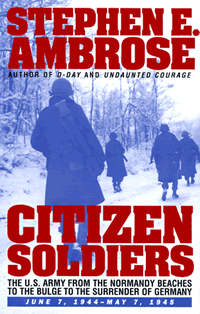 |
||||
![]()
- General
- Alternate History
- Air / Aviation tactics
- Aircaft (US)
- Aircraft (German)
- Aircraft (British)
- Aircraft (Japanese)
- Aircaft (Others)
- Army (US Army)
- Army (German Army, Waffen SS)
- Army (Japanese Army)
- Battle of the Atlantic
- Battle of Midway
- Computers and WWII
- Hitler
- Holocaust
- Intelligence in the War
- Iwo Jima
- Macarthur, Douglas
- Narratives of the War
- Naval Warfare
- Navies (General)
- Navies (US)
- Navies (Germany)
- Navies (Italian + French)
- Navies (Japanese)
- Navies (Bristish)
- Normandy
- Pearl Harbour
- POWS
- Rommel, Erwin
- Snipers
- Submarine Warfare
- Submarines (U-boat)
- Tank Warfare
- Tanks ( Panzer, German Forces)
- Tanks (American Forces)
- Tributes to the Soldiers of
WWII.
- War in the East
- War in the Pacific
- War in the West (Battle Of Britain)
- War in the West (1944 fall
of Berlin)
- Women in the War
![]()
- General
- Sniping
- Weapons
![]()
- General
- Aircraft (General)
- Aircraft (US)
- Aircraft (Soviet)
- Aircraft (European)
- Aircraft tactics
- Gulf War
- Jane's Recognition guides (Guns,
Aircraft, Ships, Tanks, Commercial
Aircraft)
- Sniping
- Marines
-
Well Known Military Authors
- John Keegan
Korea
- American
Airpower Strategy in Korea, 1950-1953
- Night Fighters
over Korea
|
Citizen Soldiers
Author: Stephen
Ambrose |
 |
Table of Contents:
|
|
Decription: |
||
All info and pictures in this site appear courtesy of the following web sites.
All questions and inquiries should be made to the webmaster.
Last updated : Monday, November 18, 2002 0:36 AM






